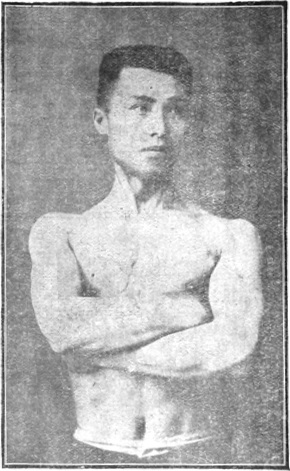It's hard to tell if you're joking, but since you disagreed with my post, I'll assume you're being serious.
Context matters. My reply was valid in the context of the original question.
The OP wanted muscle building,
external strength training. Qigong does not do that. Weight-bearing exercises do that.
"Qigong therapy can be of “internal” or “external” forms. Internal qigong refers to the self practice of mind-body-breathing integration techniques such as Tai chi or meditation. EQT [External Qigong Therapy]
involves hand movements, similar to therapeutic touch, acupressure on specific points, focused attention (possible visualization), and other mind healing techniques to direct the therapist’s own qi into the patient."
Effects of External Qigong Therapy on Osteoarthritis of the Knee A Randomized Controlled Trial
"External" can have more than one meaning.
Regarding qigong, it has nothing to do with building muscles.

